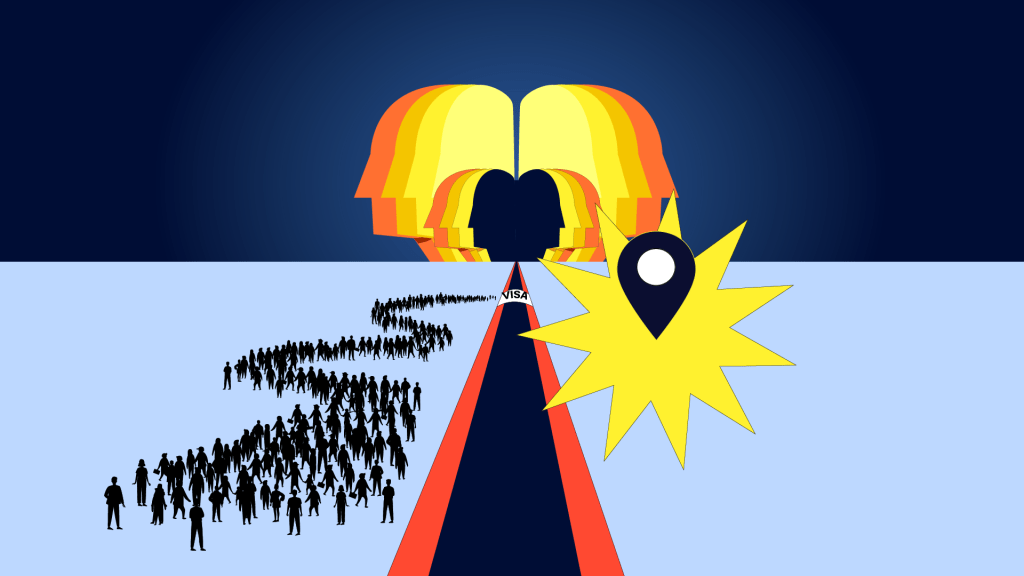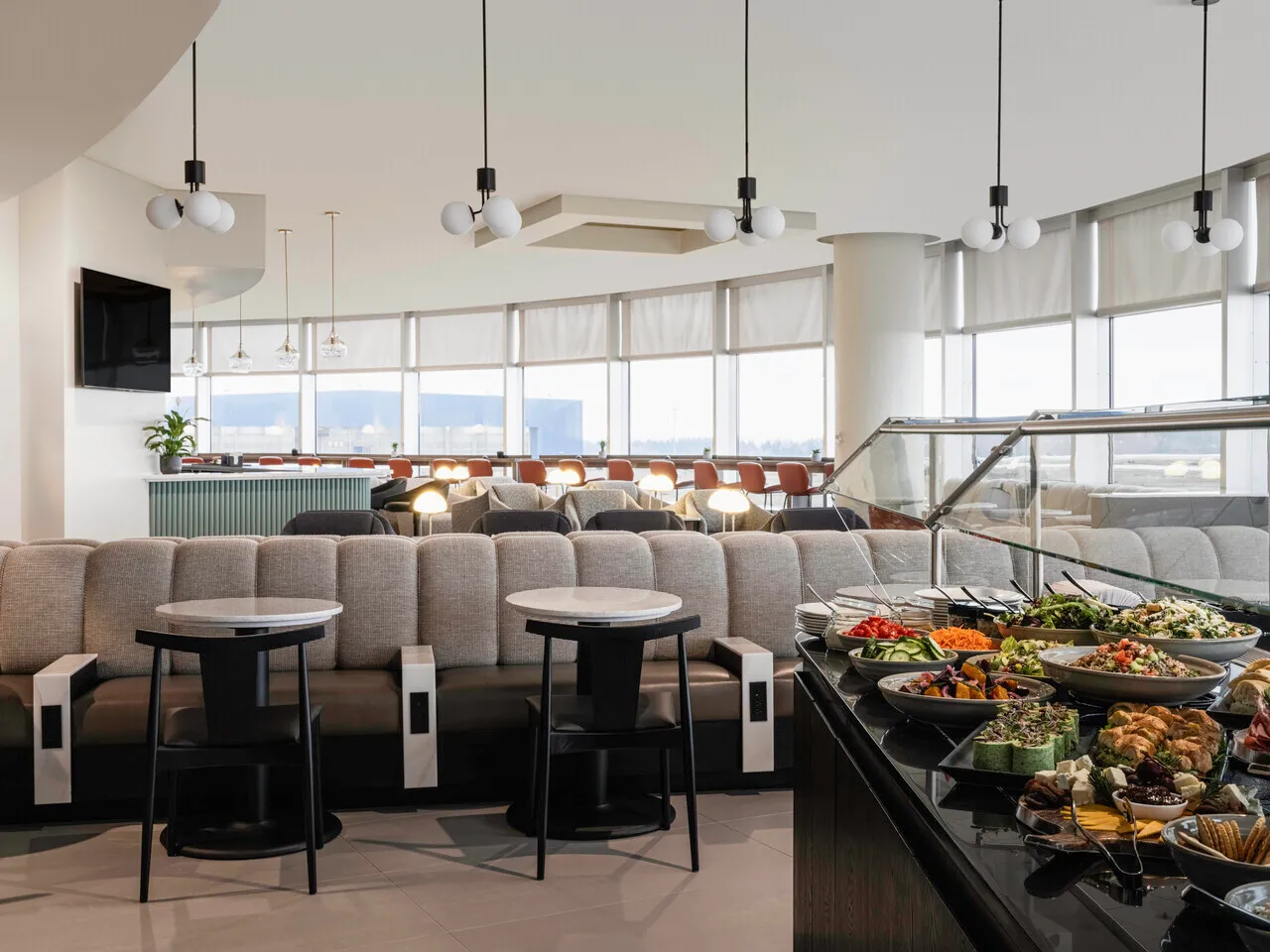Border Bottlenecks Widen Travel’s Divide

Skift Take
The pre-Covid world where people could move (relatively) freely across borders for leisure, information, education and work won’t be coming back next year, as the West will continue to shut out millions of people from Africa, Asia and Latin America due to the slow return of their visa processing staff.
The situation is especially problematic in the United States, where refugees were shut out due to the Trump Administration’s cap of 15,000 refugees and reduced refugee processing staff. Only 25,400 refugees were admitted in the 2022 fiscal year even though the Biden Administration promised to admit the 125,000, meaning it fell short by 80 percent. Expect the administration to try again in the 2023 fiscal year.
Visa processing delays will be de facto travel bans in 2023. Wait times to get an interview at U.S. embassies to obtain a B-1 or B-2 visa (visitor visa) for aspiring first-time visitors from India, Mexico, Colombia, Brazil and other key markets outside the U.S. Visa Waiver Program exploded to over an average of 400 days, according to the U.S. Travel Association.
The delays will prevent 6.6 million international inbound visitors from coming to the U.S. and cost the country $12 billion in forgone spending next year. The primary causes of the delays have been due to a combination of the Trump Administration’s State Department hiring freezes, reduced staffing levels at embassies due to the pandemic and pent-up travel demand.
Europe has also had “really pathetic turnaround times,” said European Tourism Association Director of Policy Tim Fairhurst. Just like the U.S. the UK and many European nations are still playing catch up with their staffing capacity amid high demand from the non-Western world. Portugal and the UK have prolonged labor shortages due to their sluggish visa processing policies.The Belgian government has promised 2023 will be a year of faster visa processing times for citizens from countries that have not had a visa-liberalization agreement.
“Our members, who include tour operators who bring visitors from Asia to Europe, basically told us ‘We are losing business. The bookings were done but we had to cancel the whole thing because some of the people didn’t get visas,” said Fairhurst.
Some non-Western countries are going in the opposite direction by making visa attainment easier for visitors from the Western world. Saudi Arabia, for example, relaxed and streamlined its visa processing for residents from the U.S., UK and the European Union on September 1.
In the U.S., long visa wait times will persist for at least half of 2023. The U.S. State Department put in place initiatives including additional funding and hiring more local workforces for the embassies, according to Peter van Berkel, chairman of the International Inbound Travel Association and president of Travalco, a tour operator. “It’ll take months to a year to take full effect, but every step forward is a step in the right direction,” he said.
What’s different now is that the U.S. Commerce Department will be a more vocal advocate in the Biden Administration, according to van Berkel. The Commerce Department has a motivating factor: it aims to attract 90 million international inbound visitors by 2027. At the current rate of visa processing the U.S. won’t reach 40.4 international inbound million visitors—the pre-pandemic level — by 2025, according to U.S. Travel.
In the meantime, citizens from India, Brazil, Mexico and multiple other countries will have to wait hundreds of days to get an interview for a visa application, with time variation depending on local demand and hiring situation of the country and State Department priorities.
Travelers from India, where the Mumbai embassy has a wait time of 999 days for a visitor visa and 350 days for an H-1B visa (for nonimmigrant workers), will likely be stuck in visa limbo this year. “India is a huge issue but that also has to do with there is quite some demand from those markets to alleviate,” van Berkel said. “Mexico will most likely be fixed quicker.”
Convention centers and venues will continue to have empty seats and be less international in attendance and speakers. Meetings will lose the attendance of business travelers from non-Western countries because of excessive wait times.“It has stopped [colleagues and members] from participating in a business-to-business or business-to-consumer event because they could not get the visa,” said Manal Kelig, Executive Director of Middle East & North Africa for Adventure Travel Trade Association.
Events will look like New Orleans’s American Society of Hematology Annual Meeting, an event so big Air France brings two direct flights dedicated to the international conference, which is not as diverse in international attendance as it was pre-pandemic. Without international tourists, the Air France planes will fly with a higher number of empty seats and the conference will have a disproportionate number of French doctors, said New Orleans & Company President and CEO Walt Leger III.
Destination marketing organizations in North America and Europe will have to wait patiently to see the return of their inbound international segments. Florida, for example, won’t see their pre-Covid number of tourists from key international markets like Brazil, where the wait time at the Rio De Jino Embassy is over 400 days, for quite some time.




